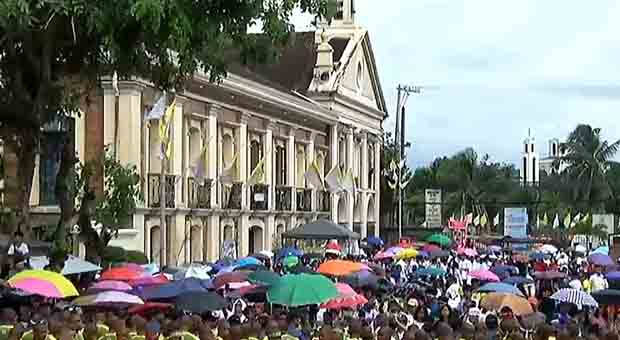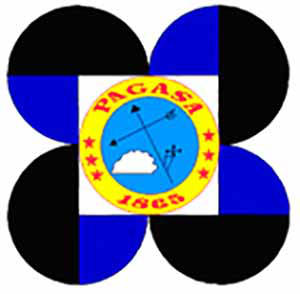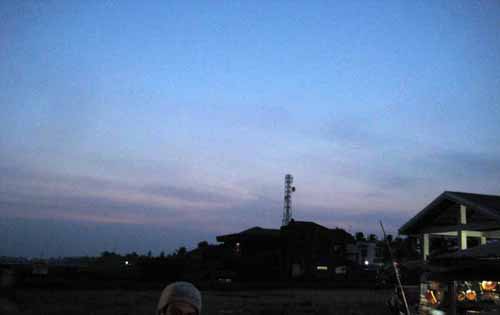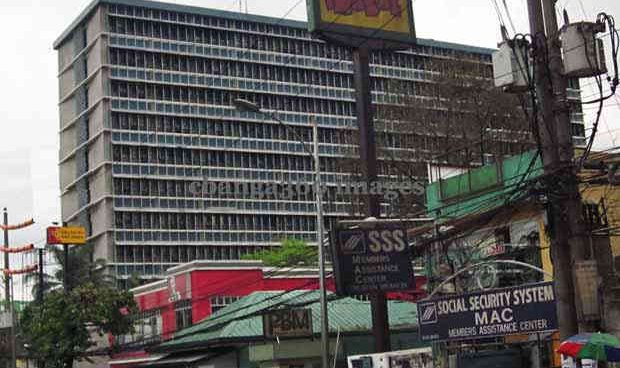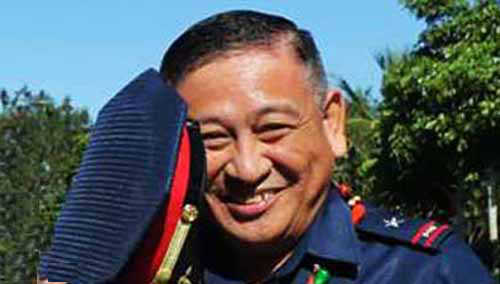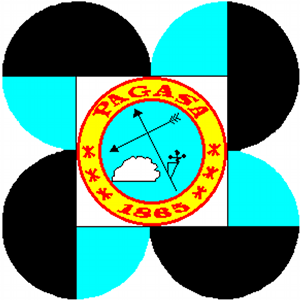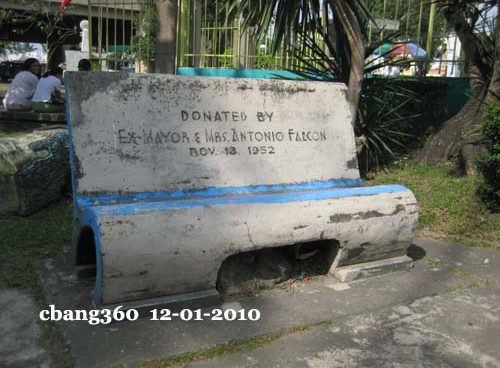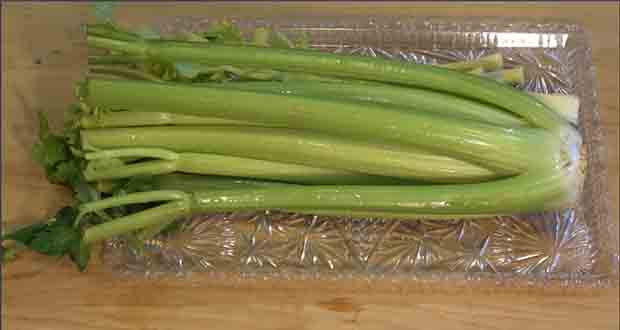
The Antares rocket carrying the Cygnus commercial cargo craft lifts off from the Mid-Atlantic Regional Spaceport’s Launch Pad-0A at NASA’s Wallops Flight Facility in Virginia on its way to rendezvous with the space station. The spacecraft will deliver about 1,300 pounds (589 kilograms) of cargo, including food and clothing, to the Expedition 37 crew.
Orbital Sciences has confirmed Sunday morning, around 1:30 a.m. EDT, its Cygnus spacecraft established direct data contact with the International Space Station (ISS) and found that some of the data received had values that it did not expect, causing Cygnus to reject the data. This mandated an interruption of the approach sequence. Orbital has subsequently found the causes of this discrepancy and is developing a software fix. The minimum turnaround time to resume the approach to the ISS following an interruption such as this is approximately 48 hours due to orbital mechanics of the approach trajectory.
Expedition 37 crew members aboard the space station now will have an off-duty day in advance of a busy week ahead. This includes Tuesday’s Cygnus rendezvous, followed by preparations for the arrival of three new crew members Wednesday. Michael Hopkins of NASA and Oleg Kotov and Sergey Ryazanskiy of the Russian Federal Space Agency (Roscosmos) will depart from the Baikonur Cosmodrome in Kazakhstan at 4:58 p.m. EDT aboard a Soyuz spacecraft.
Cygnus launched Wednesday aboard an Antares rocket at 10:58 a.m. EDT from NASA’s Wallops Flight Facility in Virginia after a 24 hour delay due to poor weather preventing its roll-out to the launch pad.
It has several demonstration objectives it must complete before NASA approves its capture by the Canadarm2 and its berthing to the Harmony node. The Cygnus has already achieved three of its demonstration objectives during its first two days in orbit. The vehicle first demonstrated its position and control ability, or its ability to orient itself in space; second, the vehicle turned off its engines and operated while in free drift; third, Cygnus conducted a demonstration abort maneuver.
Before any new cargo craft can approach and rendezvous with the station for the first time it must meet a set of objectives to prove its capabilities before it is finally captured or docked. The resupply craft is followed closely by mission controllers on its way to the station. When the spacecraft reaches certain points along its trajectory the flight director polls mission controllers before giving the “go/no-go” decision to proceed to its next point.
As Cygnus meets its demonstration objectives and moves closer to the space station, Expedition 37 Flight Engineers Luca Parmitano and Karen Nyberg will be watching and working in tandem with Mission Control. Parmitano will be in the cupola at the Canadarm2 controls monitoring its approach. Nyberg will be his back up at the secondary robotics workstation inside the Destiny laboratory.
When Cygnus meets its final demonstration objective of pointing a tracking laser at a reflector on the Kibo laboratory it will move to its capture point about 10 meters from the station. Cygnus will turn off its thrusters, operating in free drift, and Parmitano will maneuver the Canadarm2 to grapple and capture the new resupply craft.
After capture, Parmitano will operate the Canadarm2 to move Cygnus and attach it to the Harmony node. The hatches to Cygnus are planned to be opened following leak checks and power connections.
Orbital Sciences is the second company to send a commercial cargo craft to the space station. SpaceX was the first company to send its own cargo ship with two successful commercial resupply missions and two demonstration missions under its belt. (This is a reposting courtesy of NASA)
- Great Comeback: Watch US President Trump returns to the campaign trails in Florida with massive rally - October 12, 2020
- US President Trump back at the White House afterleaving Walter Reed Hospital due to Covid-19 - October 5, 2020
- Binge watch President Trump on the campaign trails - October 5, 2020



































